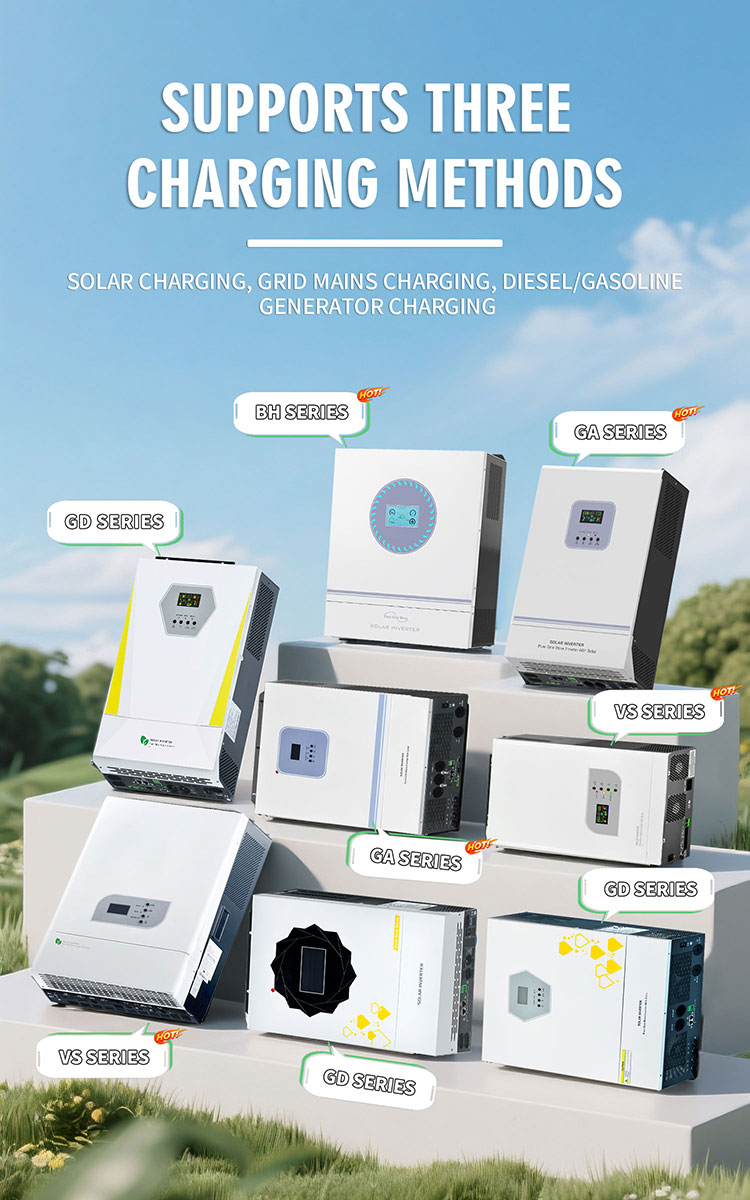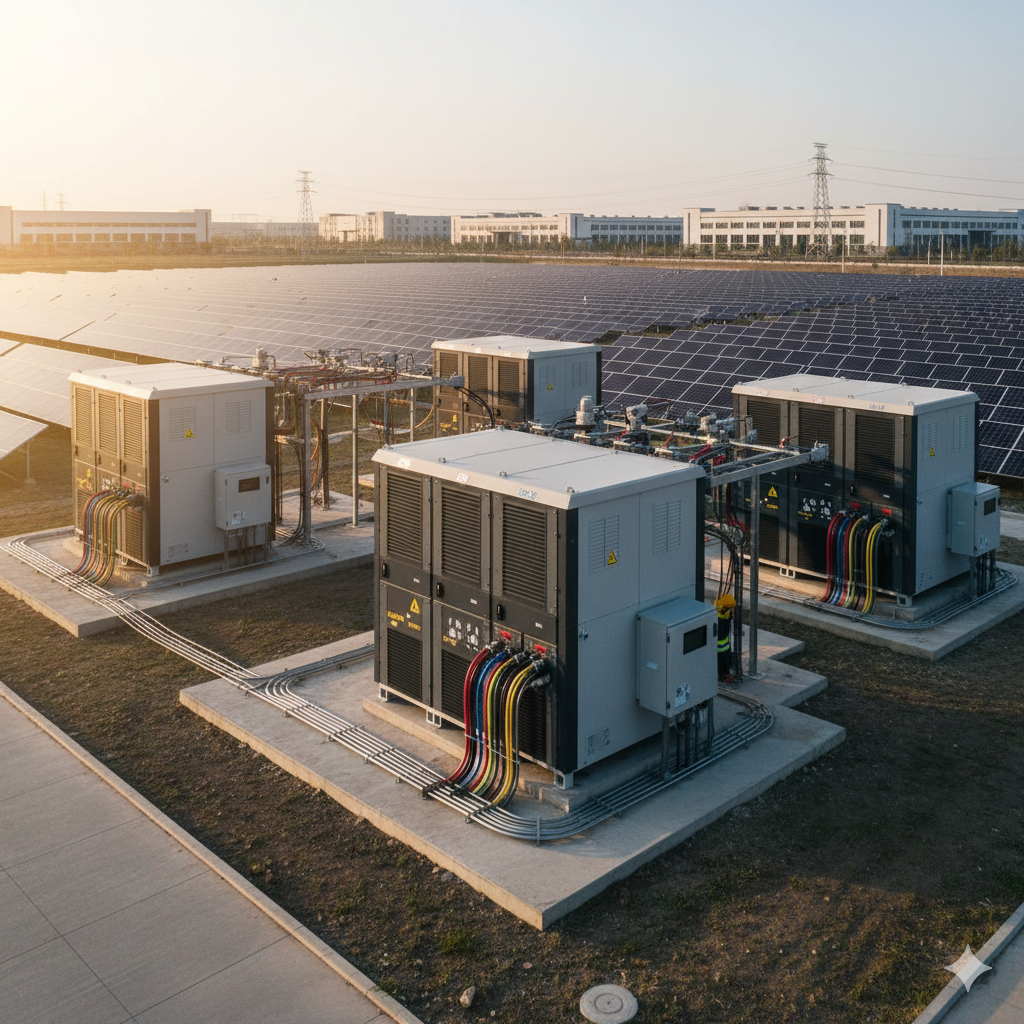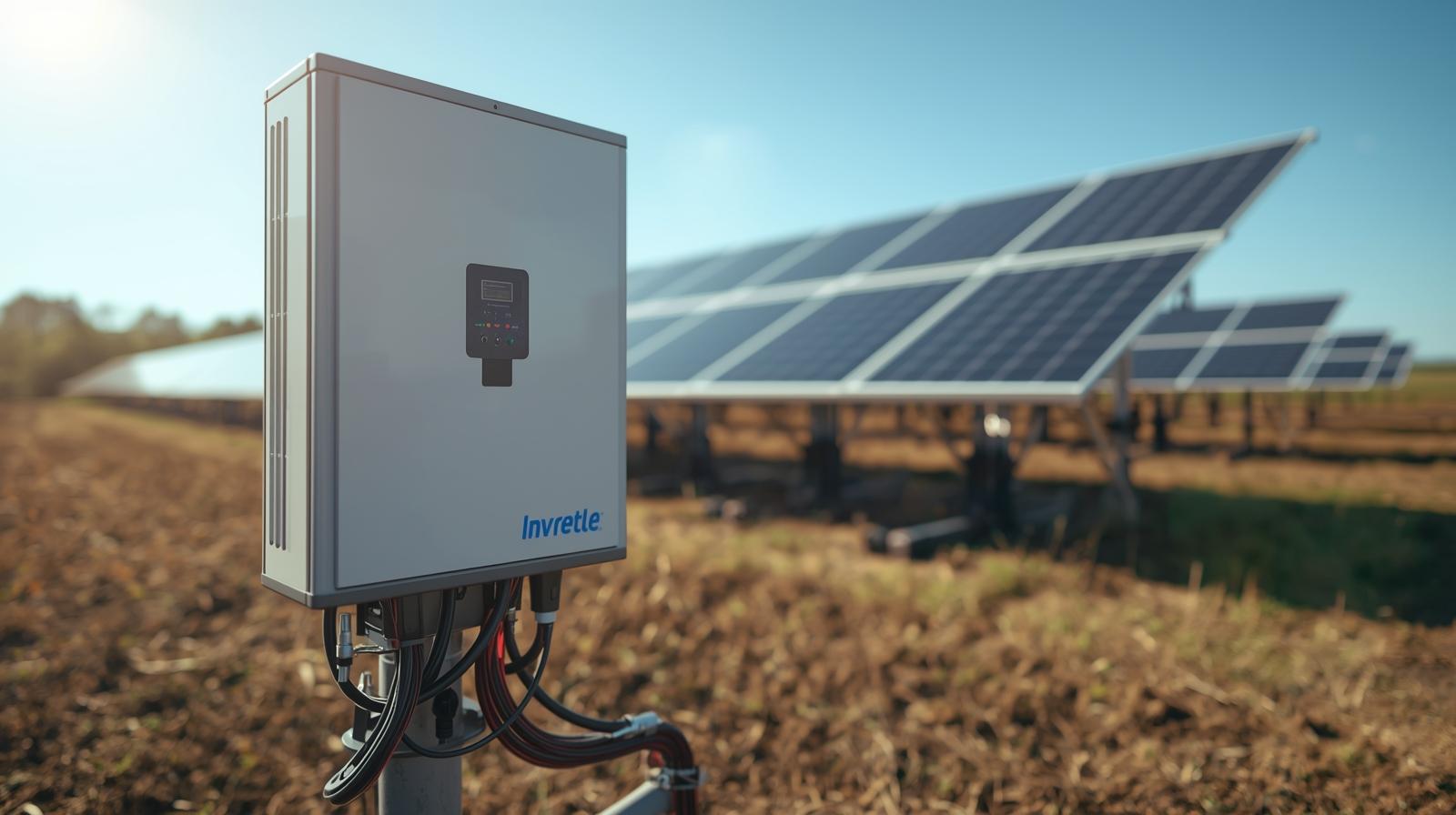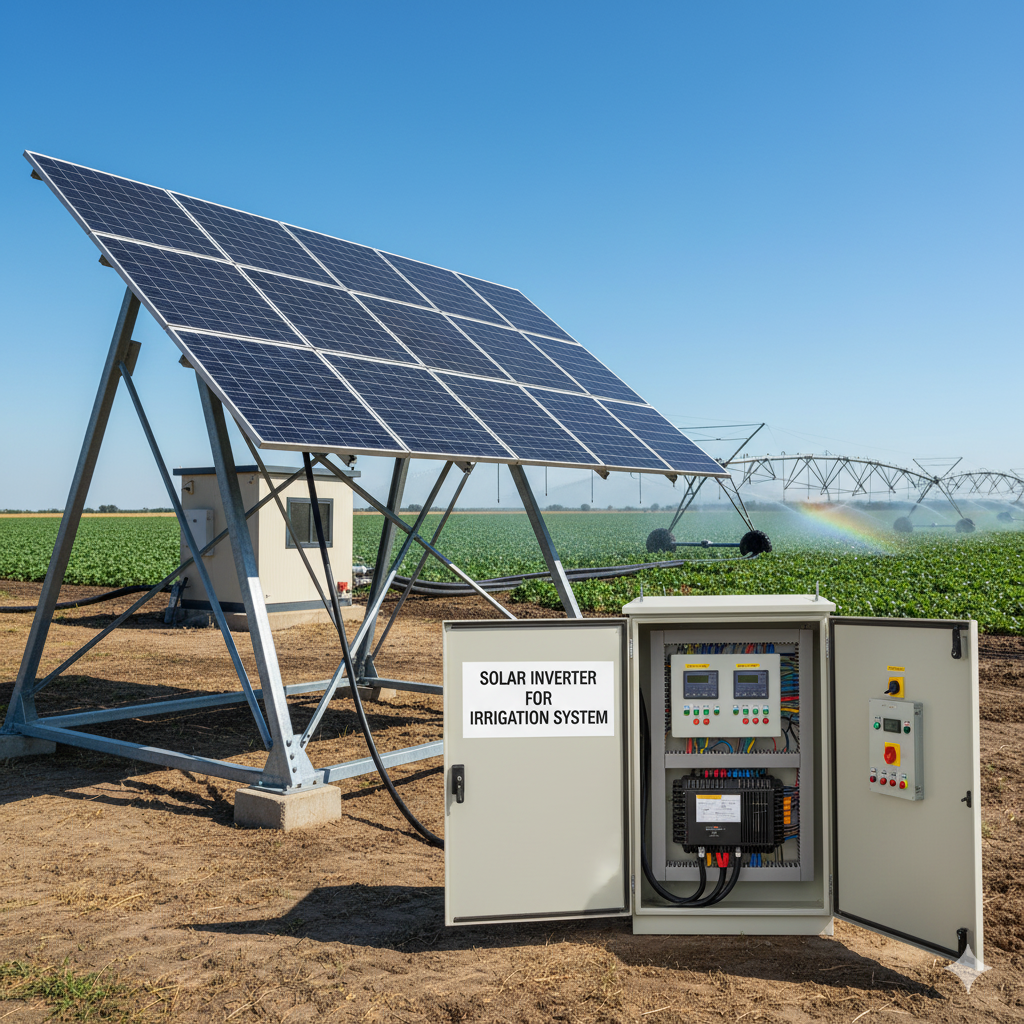Essential Ingredients for a Trouble-Free Solar System
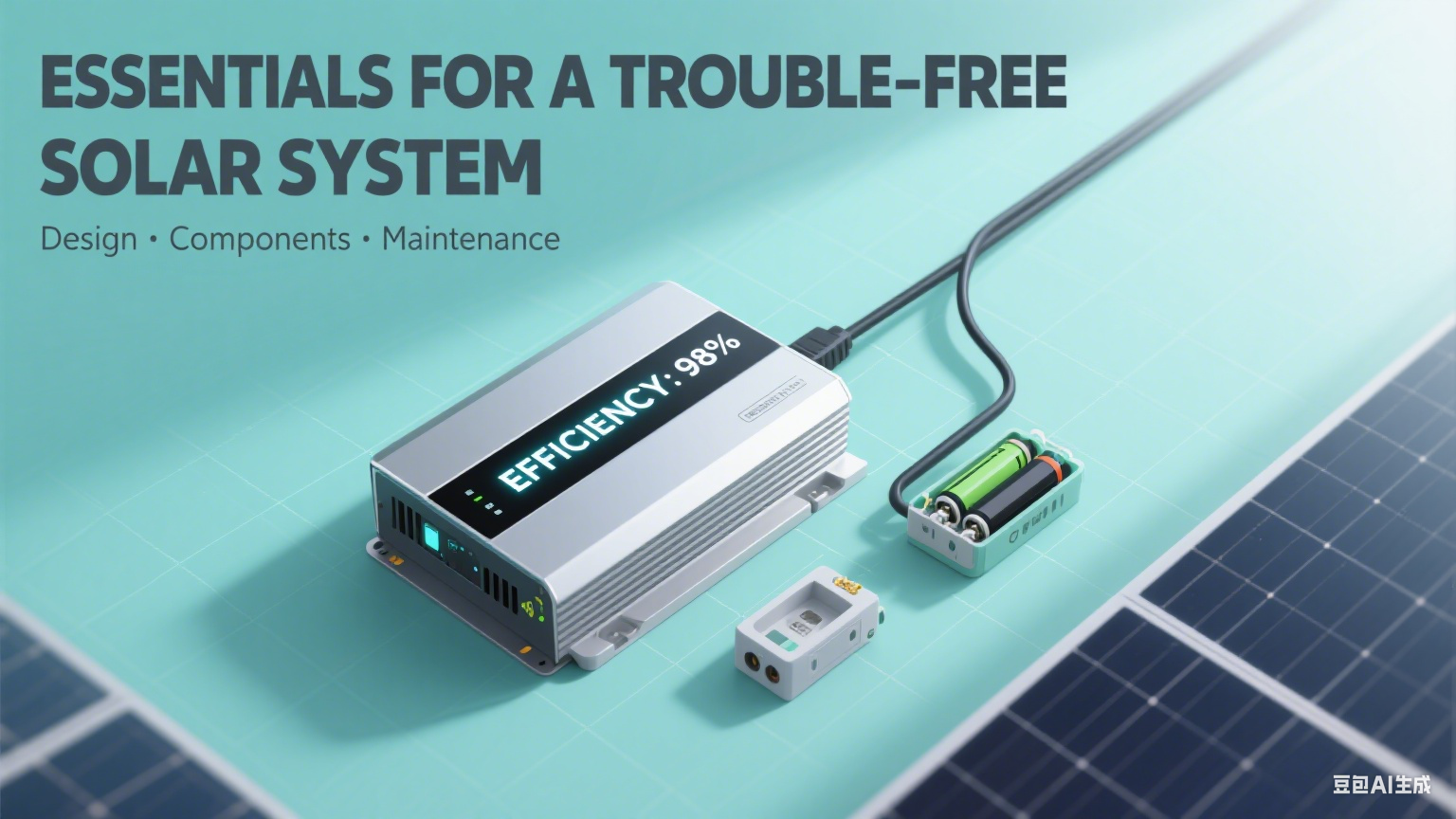
Introduction
A well-designed and properly maintained solar system can provide reliable, clean energy for decades. However, achieving a trouble-free solar system requires careful planning, high-quality components, and ongoing maintenance. This guide outlines the essential ingredients for ensuring your solar system operates efficiently and with minimal issues.
1. Proper System Design
1.1 Needs Assessment
Before installing a solar system, it’s crucial to assess your energy needs. This includes understanding your average daily energy consumption, peak usage times, and future energy demands. A thorough needs assessment will help you determine the appropriate size and configuration of your solar system.
1.2 Site Evaluation
Evaluate the installation site for optimal solar exposure. Consider factors such as:
- Sunlight Availability: Ensure the site receives ample sunlight throughout the day.
- Shading: Avoid areas with obstructions like trees or buildings that could cast shadows on the panels.
- Roof Condition: Ensure the roof is in good condition and can support the weight of the solar panels.
- Orientation and Tilt: Panels should ideally face south (in the Northern Hemisphere) and be tilted at an angle close to the local latitude to maximize energy capture.
1.3 System Configuration
Design the system to meet your energy needs while considering future scalability. This includes:
- Panel Layout: Plan the layout to maximize space and efficiency.
- Battery Storage: If you plan to store excess energy, choose a battery system that matches your needs.
- Grid Integration: Ensure compatibility with your existing electrical infrastructure.
2. High-Quality Components
2.1 Solar Panels
Choose high-efficiency solar panels that are durable and come with a strong warranty. Monocrystalline panels are generally more efficient and have a longer lifespan, while polycrystalline panels are more cost-effective.
2.2 Inverters
Inverters convert the DC electricity generated by the panels into AC electricity usable in your home or business. Select inverters that are:
- Efficient: Ensure they can handle the maximum output of your solar panels.
- Durable: Look for inverters with a long warranty and good reviews.
- Smart: Modern inverters come with monitoring capabilities that allow you to track system performance.
2.3 Batteries (if applicable)
If you plan to store excess energy, choose high-quality batteries. Lithium-ion batteries are popular due to their efficiency and long lifespan, while lead-acid batteries are more affordable but require more maintenance.
2.4 Mounting Systems
Ensure your mounting system is sturdy and designed to withstand local weather conditions. Proper installation of mounting brackets and rails is crucial for the longevity and safety of your solar panels.
2.5 Safety Devices
Include safety devices such as combiner boxes, DC fuse holders, and circuit breakers to protect your system from electrical faults and surges.
3. Professional Installation
3.1 Hire a Reputable Installer
Choose an installer with a proven track record and strong customer reviews. Ensure they have the necessary certifications and experience to handle your specific installation needs.
3.2 Follow Best Practices
Ensure the installer follows industry best practices and safety standards. This includes:
- Proper Wiring: Ensure all electrical connections are secure and meet code requirements.
- Secure Mounting: Panels should be securely mounted to withstand wind and other weather conditions.
- System Testing: Conduct thorough testing to ensure all components are functioning correctly.
4. Ongoing Maintenance
4.1 Regular Cleaning
Keep your solar panels clean to maximize efficiency. Dust, dirt, and debris can reduce the amount of sunlight reaching the panels. Regular cleaning, especially in dusty or polluted areas, is essential.
4.2 Inspections
Regularly inspect your system for any signs of wear or damage. Check for:
- Loose Connections: Ensure all electrical connections are tight.
- Panel Condition: Look for any cracks or damage to the panels.
- Battery Health: If you have a battery system, check the battery health and replace if necessary.
4.3 Monitoring
Use monitoring tools to track your system’s performance. Many modern inverters come with apps or web interfaces that allow you to monitor energy production and identify any issues early.
4.4 Professional Maintenance
Consider hiring a professional maintenance service to perform regular checks and maintenance. This can help identify and address potential issues before they become major problems.
| Maintenance Task | Details |
|---|---|
| Regular Cleaning | Keep panels clean (remove dust/dirt) to maximize efficiency, especially in dusty areas. |
| Inspections | Check for loose connections, panel cracks/damage, and battery health (replace if needed). |
| Monitoring | Use tools/apps (often with inverters) to track performance and spot issues early. |
| Professional Service | Hire pros for regular checks to address potential issues before they escalate. |
5. Backup and Support
5.1 Warranty and Support
Ensure your solar system components come with comprehensive warranties and reliable customer support. This provides peace of mind and ensures you can get help if something goes wrong.
5.2 Spare Parts
Keep spare parts on hand for common components that may need replacement, such as fuses and circuit breakers. This can help minimize downtime if something fails.
Conclusion
Achieving a trouble-free solar system requires careful planning, high-quality components, professional installation, and ongoing maintenance. By following these essential steps, you can ensure your solar system operates efficiently and provides reliable energy for years to come. Whether you’re installing a small residential system or a large commercial setup, these ingredients are crucial for a successful and sustainable solar energy solution.
For more information on photovoltaic technology, please visithttps://youtu.be/JB56vgBNr6E?si=48ZjW1I9exvg7s-ofor detailed content.
